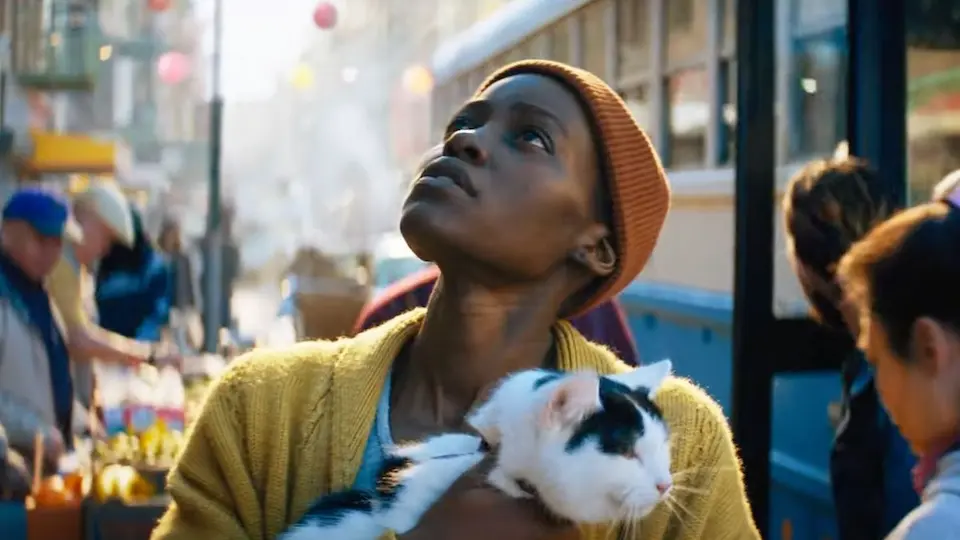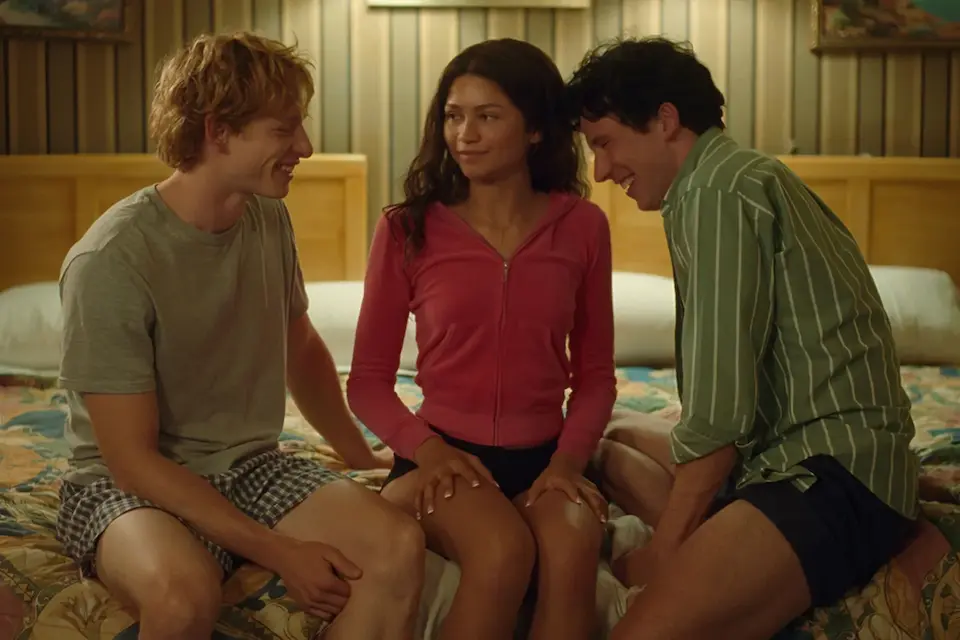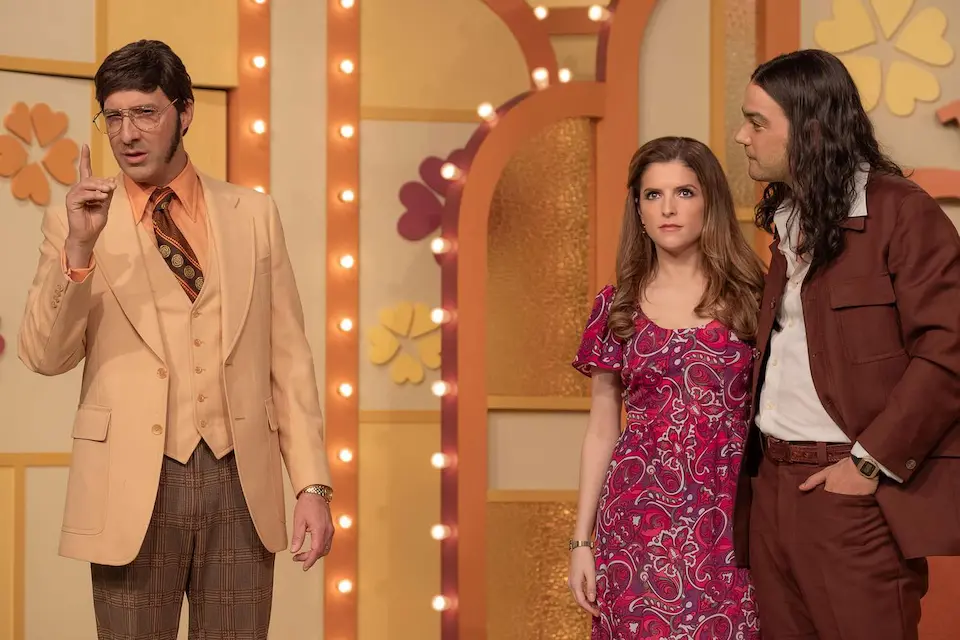Looking for a Good Family Film (Round 2): “Harold and the Purple Crayon”
With just a few weeks in theaters, Carlos Saldanha’s new family-oriented production has been a great box office failure. Let’s find out why.
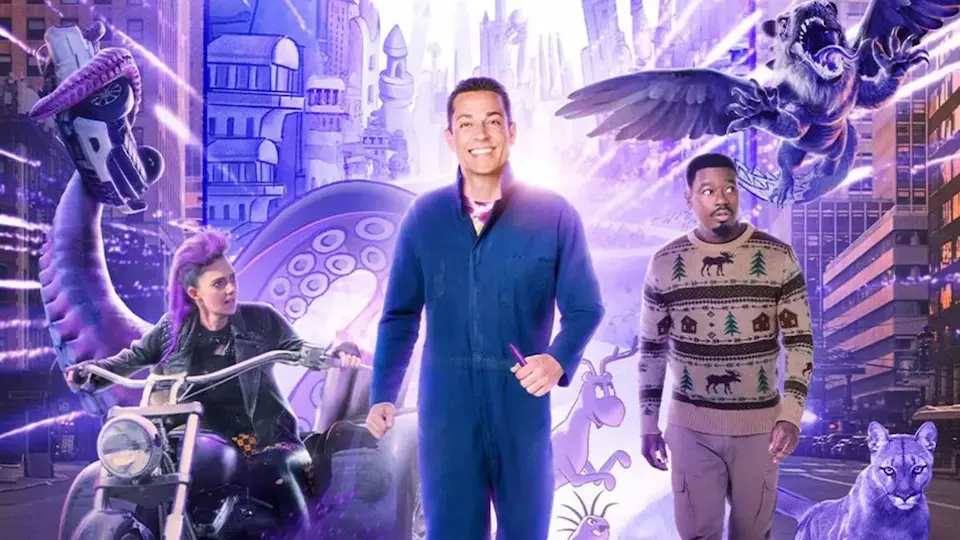
Summary
Harold and the Purple Crayon is based on a children’s book of the same name by cartoonist Crockett Johnson. The film serves as a sequel to that book, introducing a grown-up Harold, who has the capacity to interact with the author/narrator of the story, his “old man”.
Harold is happy having adventures with his friends Moose and Porcupine, until one day he realizes he cannot hear the old man’s voice anymore. Determined to find him, our protagonist uses his magical crayon to draw a door to the real world and goes on a search for him.
Of course, the real world is not what he expected, and finding the old man proves to be incredibly challenging. There are problems that cannot be solved as easily, even with a magical crayon. This journey will connect Harold with new friends, but also make him reflect on the purpose of his own existence.
Good Intentions Are Not Enough
I wanted to like this project so much. Every time a movie of this kind comes out, I watch it in hopes of discovering a little jewel I can recommend—a comeback for the genre.
With Harold and the Purple Crayon, I had the same feeling as watching If a couple of months ago: the intentions are there, the passion is there, but unfortunately, the execution is lacking.
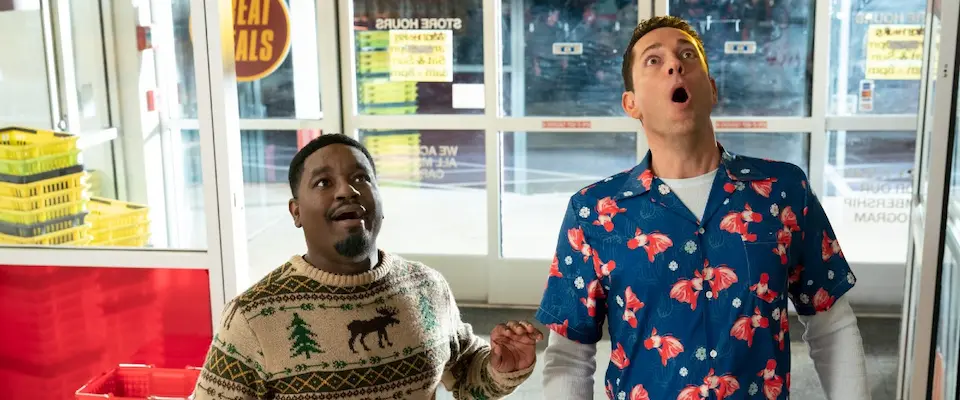
And I compare it to that film in particular, because I see all the same mistakes that prevented If from becoming a success, repeated on poor Harold.
For starters, both films had good ideas that could be easily exploited. In the most recent case, a cartoon character visiting the real world to search for his creator. The first part of the film, in which we see Harold’s animated version, is quite charming. It reminded me of Enchanted.
How to Do the Same, But Right
If you don’t know, Enchanted is a 2007 film starring Amy Adams as Giselle, a cartoon girl who lives in a fantasy world and is about to marry her prince charming and become a princess. But the evil queen, who wishes to preserve power over the kingdom, exiles her to the real world. Much like Harold and the Purple Crayon, the movie plays with both animation and live action to represent the two different worlds. And as Harold, Giselle’s character journey is learning to cope with the hardships of reality without losing her light.
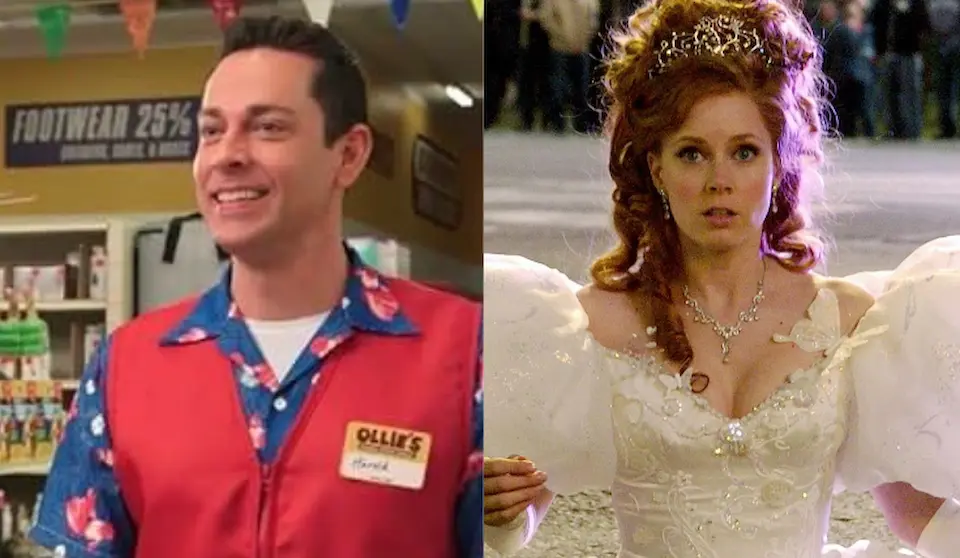
However, Enchanted does a much better job exploring how Giselle experiences the complexities of human existence. It creates a character that is innocent and childlike, but also smart and courageous, which prevents her from becoming a parody and, in turn, makes her lovable. The story also takes its time to give some depth to the supporting characters and their relationship with Giselle.
Harold, on the other hand, is a clown. Zachary Levi is simply reprising his role as Shazam, just without the superpowers. Instead of being charming and endearing, he comes out as irritating and dumb, and his relationship to the rest of the characters is very surface-level. The cast in general was not great, they never seemed to find the right tone, which must be partly the script’s fault.
Bad Writing Never Wins
And here is when If comes to the conversation again, because it had the same problem: the deficient script. The plot has a ton of inconsistencies, and it jumps from one meaningless situation to another. We are not following any path, and the story does not have a clear direction. You spend an hour and a half trying to figure out what the point is, and you don’t connect with any characters because they are not fleshed out. They are a bunch of strangers doing random things.
And as usual, when a film is messy and stops making sense, it becomes boring. It does not appeal to adults, but it also does not appeal to children. Just like that, you lost your whole audience’s attention halfway through.
On the Power of Imagination… Kind of?
It has become a common place for this kind of film to try to give an inspiring life lesson without actually putting in the work to reflect that in the story. So it is only in the last five minutes that the film sees fit to tell what you were supposed to learn during the past hour, and it does it in the lamest and most anticlimactic way: Crockett Johnson leaves a letter for Harold, explaining to him why he was created. Maybe he knew Harold would be too dumb to figure it out on his own.
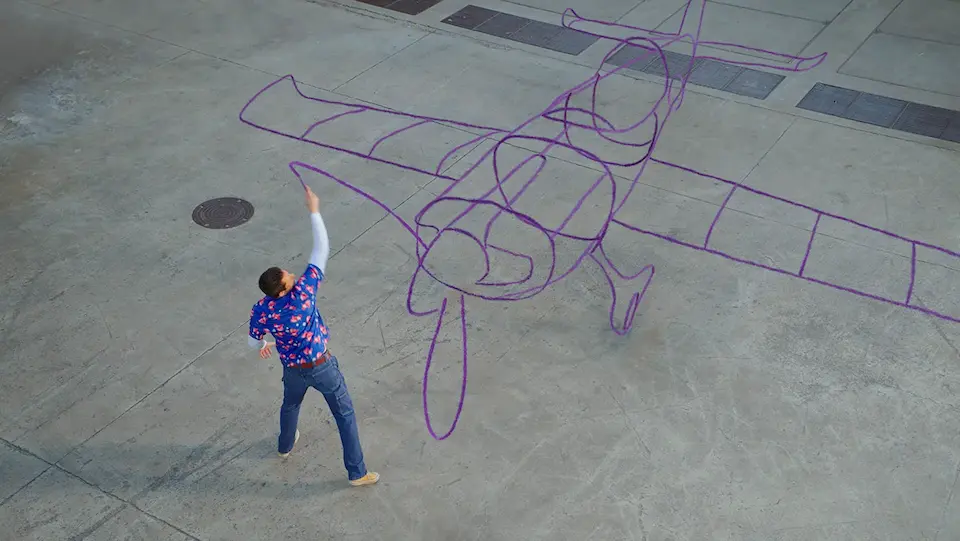
We have this emotional scene that emphasizes the power of imagination and how the author wanted to inspire others to be creative and believe in themselves. Which is a nice message. But if the film has to spell it out for the audience to get it, then it’s obvious that things are not working as they should.
Box Office Performance
Unfortunately, no one liked poor Harold. Not that I blame them.
With a reported production budget of $40.000.000 (according to Deadline), Harold and the Purple Crayon fell short of breaking even, grossing only $21.824.232 globally so far. Considering how little interest people have shown for the project, it is quite impossible for it to recover.
Sadly, I cannot recommend it. If you have kids, and for some strange reason this film is still in your local theater, don’t take them. They will fall asleep.
Despite the new disappointment, I’m still hopeful that this modern era will some day produce a good and wholesome family film.

